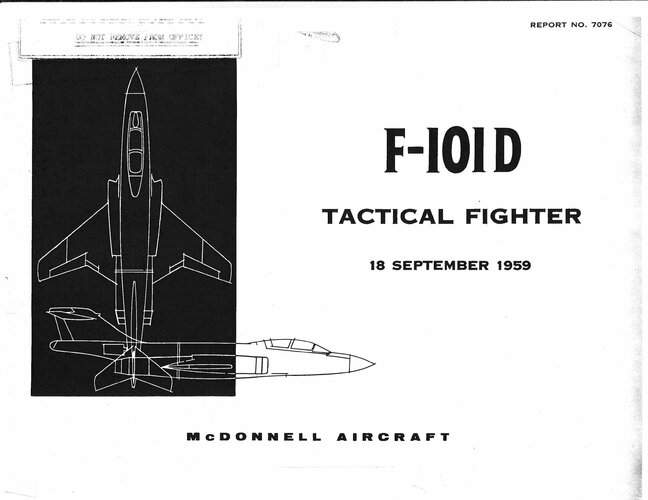The Seaplane Striking Force (SSF) was one hell of an amazing concept.
Go figure: Sea Dart escort fighters for Seamaster strike jet flying boats, supported by Sea Mistress big jet flying boat cargo, Commencement bay carriers and submarines tenders !




What is even more crazy is to think how circa 1957 the USN was developing,
side by side
-the Vigilante (nuclear strike aircraft, from a carrier)
- the Seamaster (nuclear strike aircraft, directly from the sea surface)
- the Regulus II (nuclear strike cruise missile, from submarines)
- the Polaris (nuclear strike ballistic missile, from submarines)
Four different takes at "nuclear strike, from the sea" ! Even if only one (logically) survived, that damn impressive, and quite "technology porn" when you think about it.
And four damn impressive tech wonders.
That's why I have this TL in a corner of my mind, some kind of "USN wank" where a major threat from the sea (revengeful-nazi AIP Type XXI & I-400 submarines) gets all those 50's tech wonders pressed into service.


